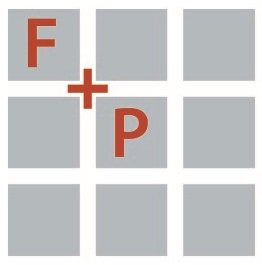Six-Unit Renovation Provides Appropriately Priced Housing Options in Cambridge
/By Meaghan Markiewicz
Clary Street Renovation under construction
In Cambridge, MA the median 1-bedroom rent price was $2,470 in 2017 – placing it as the most expensive city in Massachusetts,* double the nation’s average according to apartments list.com.** In a city such as Cambridge, with local amenities, public transportation, walkable streets and many other things desired by urban dwellers, it comes as no surprise the housing market is climbing through the roof. Renters often will need to search exhaustively and are still forced to sacrifice some standard of living unless they are willing and able to pay top dollar for new, renovated top of the line housing. As designers, we are often caught in the middle between high end projects and those subject to significant value engineering efforts. At Form + Place, we have found that proactive problem solving techniques and the collaboration of the design team can drastically change the outcome of a development. One of our recently completed projects on Clary Street in Cambridge represents how a relatively small project in the tight Cambridge housing market can do its part to provide high quality housing options at manageable rents.
Renovated kitchen and porch view
Clary Street is a 6-unit full interior residential renovation project located just outside Inman Square. Each of the 3-bedroom unit layouts was reconfigured, increasing the overall efficiency of the interior spaces. In addition, all new appliances and fixtures were provided in the kitchens and baths as well as laundry in every unit. New technology such as Navien tankless water heaters, Nest thermostats and Latch door hardware provide tenants with innovative systems which increase energy efficiency and allow for convenient access through smart devices. To complete the units, finishes throughout were upgraded, providing a clean and open atmosphere for the tenants. These market rate units are significantly lower than the average rents in this market – setting this development apart from other projects.
Reconfigured units
In order to deliver units that have the look, feel and amenities of a higher-end project but on a limited construction budget, it took a collaborative team approach to design and execute. The developer, Capstone Communities LLC, has experience with and is focused on providing high quality projects throughout all their developments which include market rate, mixed-income and affordable housing. Reflecting on the project, Jason from Capstone Communities stated, “I am proud that we have put together a team that can provide high quality housing at a price point that is appropriate and desirable for those in the Cambridge area.” One Way Development, the minority-owned and operated construction contractor on the job managed a tight budget and aggressive schedule while maintaining high standards for craftsmanship and detailing. With open communication between the design team which included the structural engineer, Siegel Associates – issues were addressed and problems were solved efficiently to produce quality living spaces. Form + Place, Capstone Communities LLC and One Way Development will continue to look to replicate the Clary street model for delivering market rate housing at reasonable prices, especially as the shortage of housing options multiplies every year.
Completed units
References:
* Boston Metro Report: March 2019, Crystal Chen, 2019-03-06, https://www.zumper.com/blog/2019/03/boston-metro-report-march-2019/
** Apartment List National Rent Report, Chris Salviati, 2019-07-01, https://www.apartmentlist.com/rentonomics/national-rent-data/


















